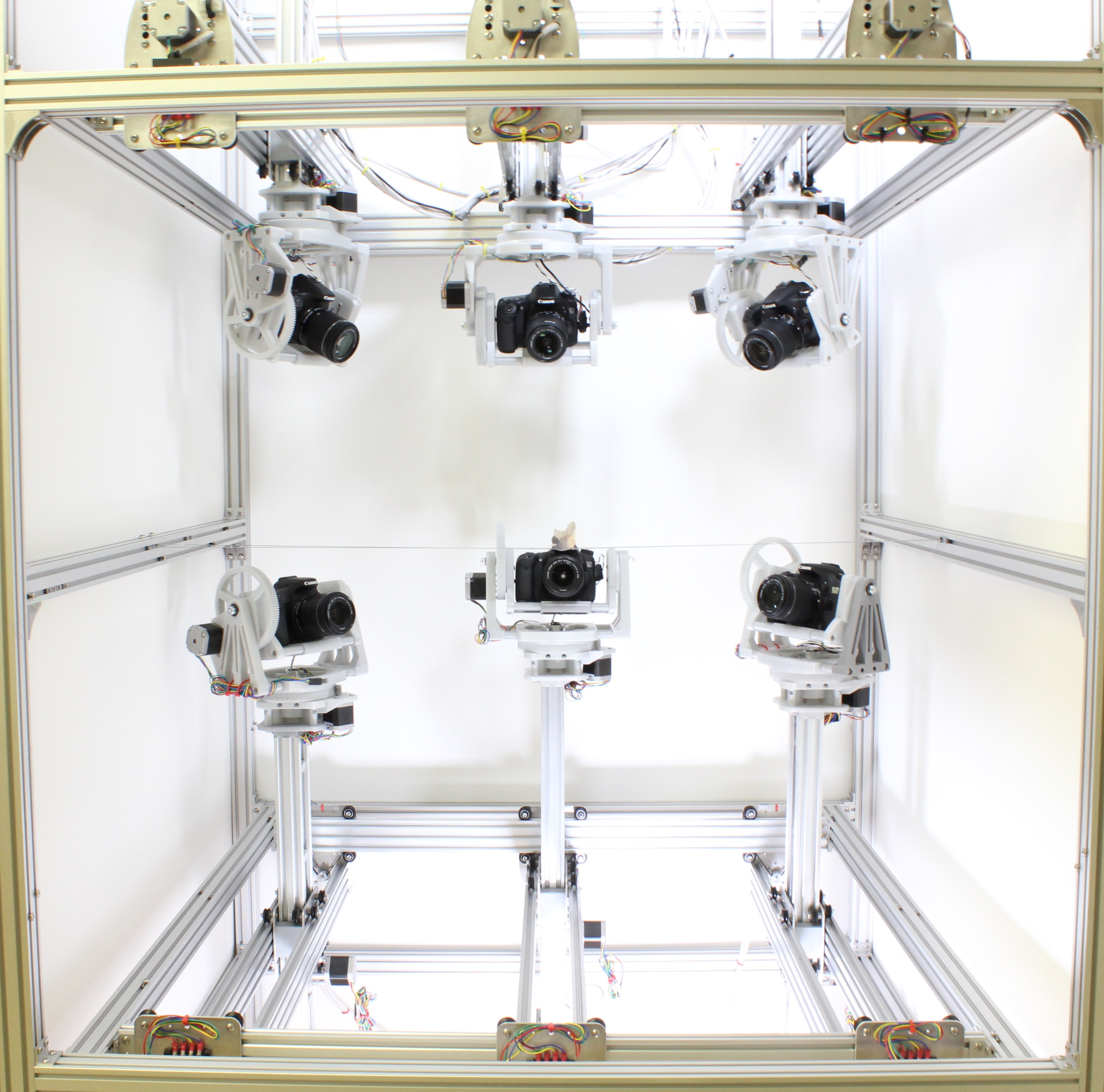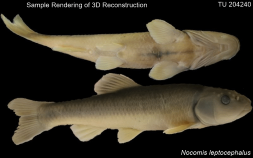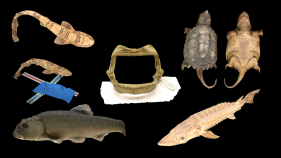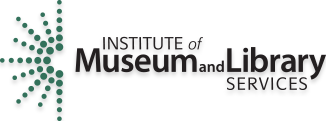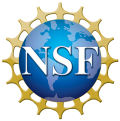About
The COPIS project began as an outgrowth of a National Science Foundation Cyber-enabled Discovery and Innovation grant to explore the use of 2D imaging, 3D laser scanning and machine learning to address species identification and new species discovery within groups of fishes. Limitations discovered in laser scanning non-rigid, fluid-preserved specimens prompted us to evaluate photogrammetry as an alternative for 3D data acquisition. Results from photogrammetry were promising yet setting up a suitable environment to capture large numbers of high-resolution images from multiple viewpoints around an object still presented a significant challenge for 3D digitization at scale. This led to the development of a single-camera proof-of-concept for automated multi-view imaging and in 2015 the first multi-camera COPIS prototype was developed for imaging fishes at the Tulane University Fish Collection. More recently, a second phase of development has begun to improve modularity, incorporate structured light and move beyond fishes through a pilot project to 3D image a diverse sampling of anthropological artifacts from the Yale Peabody Museum. Upon completion of this project, open-hardware design specifications will be published through this website. If you are interested in contributing to the development or engaging as an "early adopter", feel free to contact us.
The primary function of COPIS is to produce large numbers of overlapping images from multiple viewpoints around a centrally mounted object for photogrammetric 3-D reconstruction; however, the system may also be programmed to capture imagery at varying focal depths along any direction and supports gridded imaging suitable for producing mosaics of whole specimen drawers, large documents, tapestries and paintings. COPIS comprises a custom-built, photographic light box equipped with one or more high-resolution DSLR cameras mounted on a five-axis gantry. The design was prototyped and tested to accommodate 6 DSLR cameras, but the modular nature of the system should support implementations that can scale from 1 to many cameras only constrained by available space, power and z-axis height.
Multi-Camera Five-Axis Gantry:

Imaging Modalities:

Lightbox with Dual Main Gantries:
